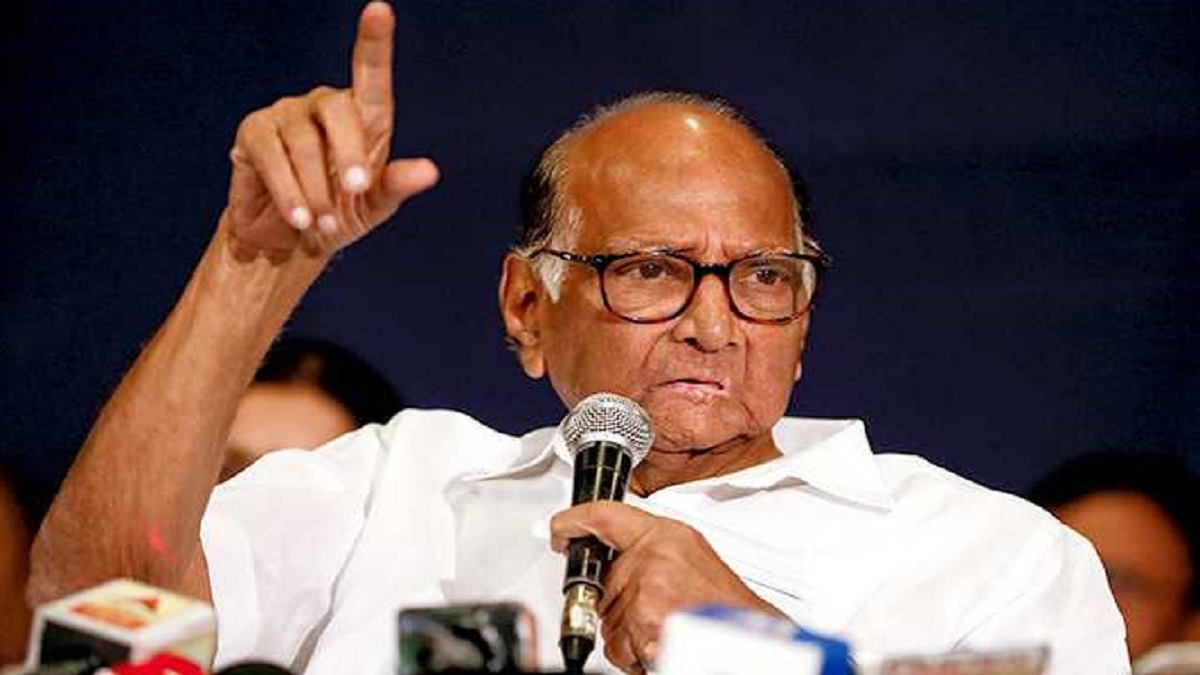Is this the beginning of vaporisation of UPA?
New Delhi witnessed hectic political activity in multiple fronts this past week. The BJP leadership was engaged in in-house consultations and grapevine was abuzz with the possibility of a Cabinet expansion. Meteorologists’ prediction of an early monsoon in New Delhi petered out: And similar seems to have been the fate of the grapevine hum. BJP also busied itself in putting its house in order in the states, with particular focus on Uttar Pradesh, which goes to polls in 2022. Congress was besieged with mutiny in its ranks in Punjab—in the process an open snub was delivered to Chief Minister Amarinder Singh, who failed to meet with Sonia Gandhi or Rahul Gandhi (while his critics had that privilege) and had to limit himself to pleading his case with AICC general secretary Ambika Soni and receiving diktats from the Mallikarjun Kharge panel, which set a deadline for him to perform or perish. The Navjot Singh Sidhu insurrection received tacit support from 10 Janpath. Or so it seemed. Congress, unable to put down its bushfires, meanwhile was sidelined in another, much hyped, anti-Modi sideshow.
A few bungalows away from Sonia Gandhi’s alcazar, 10 Janpath, an attempt was made to find an “alternative vision” to both NDA and UPA. Sharad Pawar, whose supporters have been rooting for him as a replacement to Sonia Gandhi as chairperson of UPA, hosted in his New Delhi habitation, 6 Janpath, a meeting of “like-minded” politicians and intellectuals with a view to chart a course of action aimed at challenging the charisma of Narendra Modi in 2024. Some Congress leaders were invited, but the Grand Old Party as an entity was excluded. Representatives (mostly second-rung or third-tier personalities) of Trinamool, AAP, SP, Left and a potpourri of parties were present. Except Pawar and RLD’s Jayant Chaudhary, no satrap attended. The meeting is said to have been organised under the aegis of “Rashtra Manch”, an itinerant platform launched by former Union Minister Yashwant Sinha post his estrangement with BJP in 2018. Pawar and Yashwant—two heavyweight octogenarians who have held distinguished positions in the foregoing years—graced the meeting, said to have been triggered as the result of an initiative of poll-strategist Prashant Kishor, who, in turn, is understood to be working as a proxy for Mamata Banerjee. After her party’s electoral success in West Bengal (though she herself failed to win a seat), Mamata Banerjee now nurtures ambition beyond the borders of her state. And in doing so, she is looking at another renegade Congressperson, Sharad Pawar, as the fulcrum of a possible “federal front”—a grouping of non-BJP parties (primarily regional outfits) sans Congress. Kishor, who had met Pawar twice before the meeting, distanced himself. He is credited with the assessment that to defeat Modi in 2024 a Third Front or a Federal Front will not be enough—another idea of India will have to emerge. The 22 June meet, therefore, focused on “alternative vision”, though the perception was never enunciated.
During the poll campaign Mamata Banerjee kept on repeating Bengal’s historic hysteric call: “Borgi elo deshe”—a warning against “outsiders” which traces its origin the Maratha invasion and plunder of Bengal in mid-18th century. Kolkata even now recalls how a “Maratha ditch” had to be dug to keep the “Borgi” at bay. The “Borgi” Mamata cried hoarse about was the Nagpur-centred, RSS-oriented politics of BJP. At the prodding of Prashant Kishor, she seems to have shed her “Borgi” stance and is now looking towards Maharashtra strongman Sharad Pawar to create an opening at the national level whose mantle ultimately will devolve on her. National ambition of a regional leader is understandable. Before breaking away from Congress in 1998 (just as Pawar had initially done in 1978) Mamata Banerjee had served as an all-India general secretary of Youth Congress and later as a Union Minister in Congress regimes—thus her status as an all-India personality had been established, which she chose to forego when Trinamool Congress was floated in West Bengal.
Prashant Kishor had met Pawar on 11 June at his upscale Breach Candy habitat, No. 2 Silver Oak, the new power centre in Mumbai (which overshadows the Thackeray stable, Matoshree: now Thackeray meets Pawar in Silver Oak). The luncheon meet was described as a courtesy call. The reluctance of the movers of the so called “Third Front” move to bell the cat and give a formal name, style and shape to their angst against Modi and their allergy to playing ball with Congress, the only national party apart from BJP (it polled 20% votes in 2019 against BJP’s 38%), makes the “alternative” a non-starter. BJP rules the heartland states—the coastal areas are primarily ruled by diverse, disparate, regional parties. Will the periphery be able to take on the challenge of the heartland? Whatever be the outcome, the Pawar-Prashant Kishor move signals the vaporisation of UPA—sans Congress, will Opposition unity be tenable?

